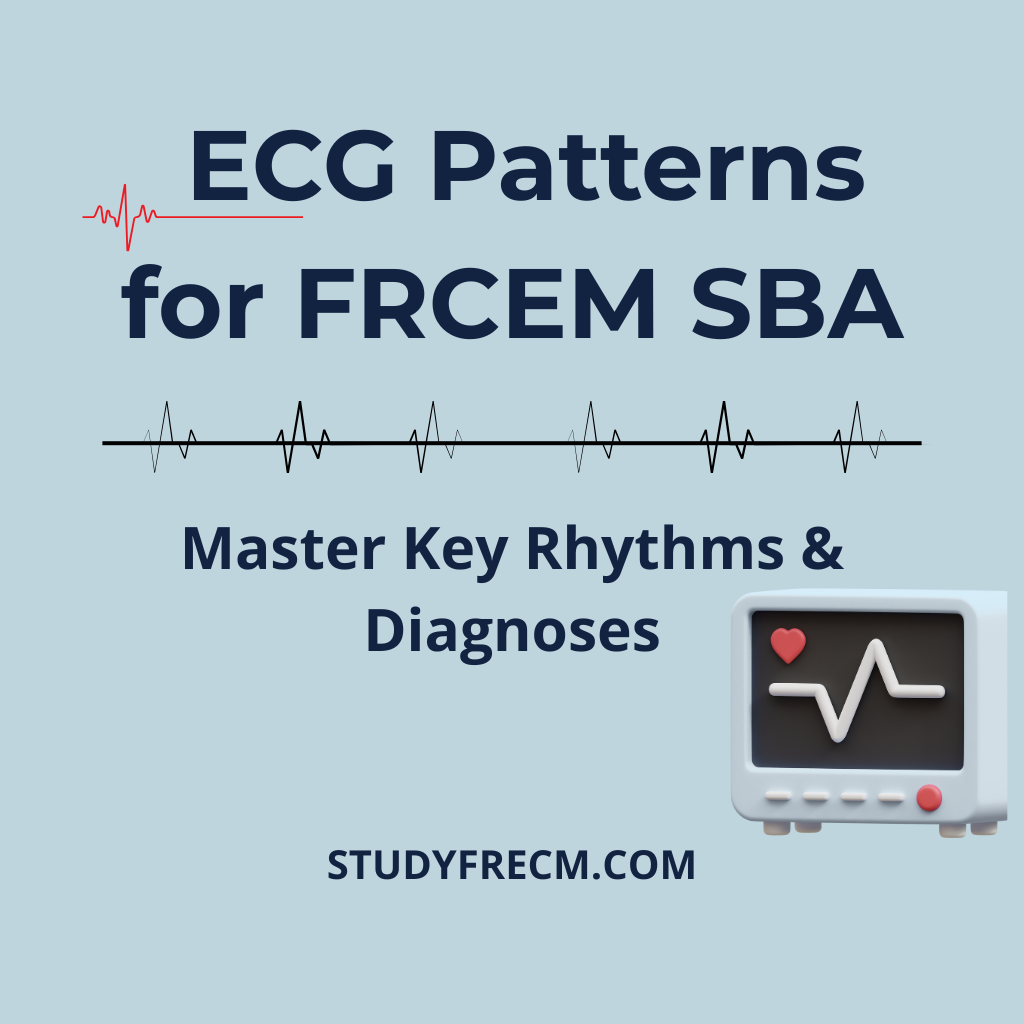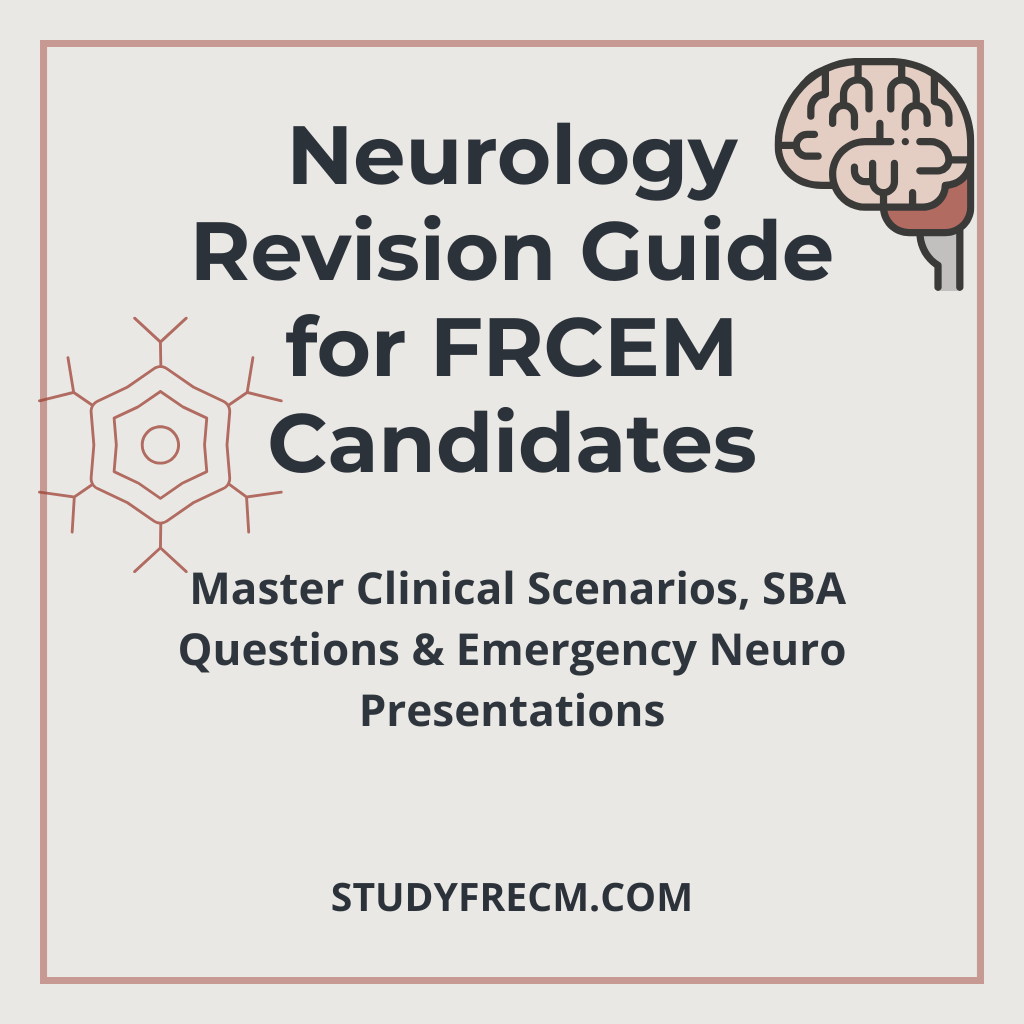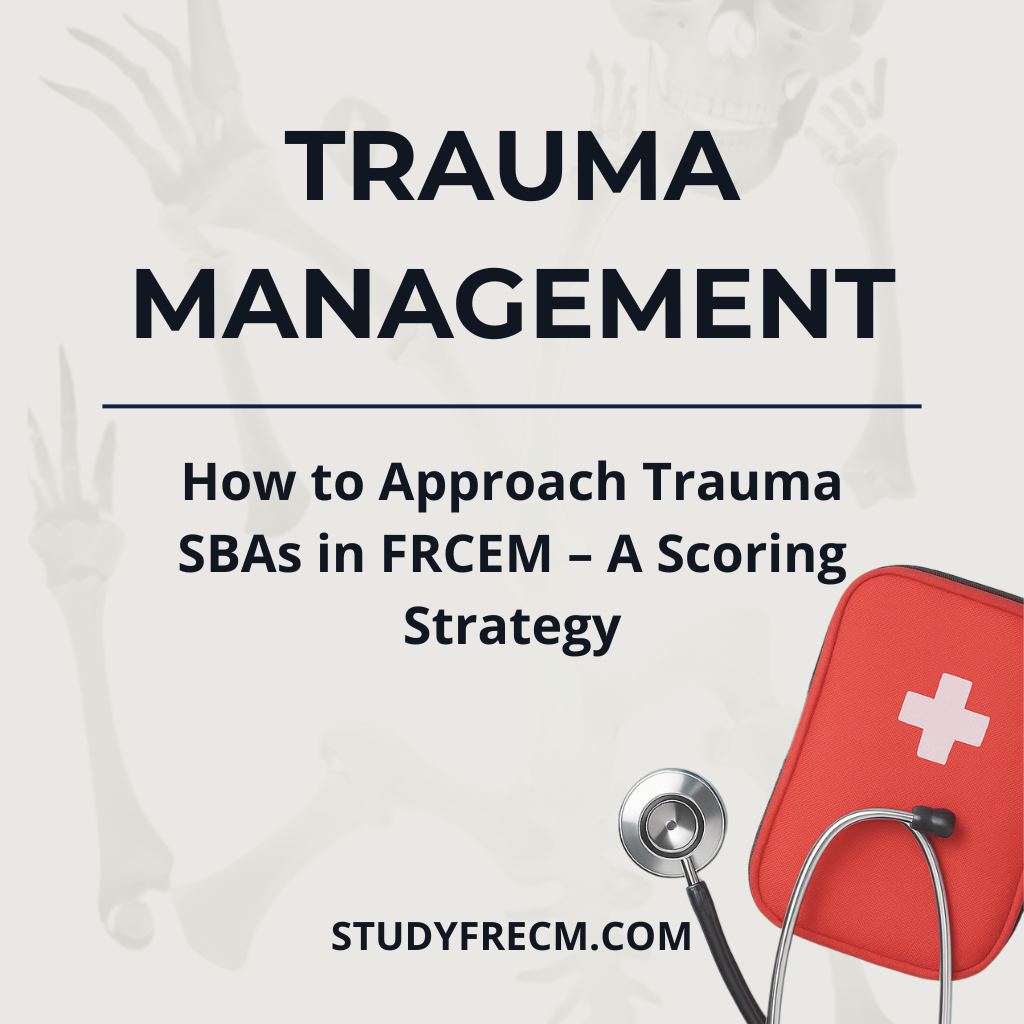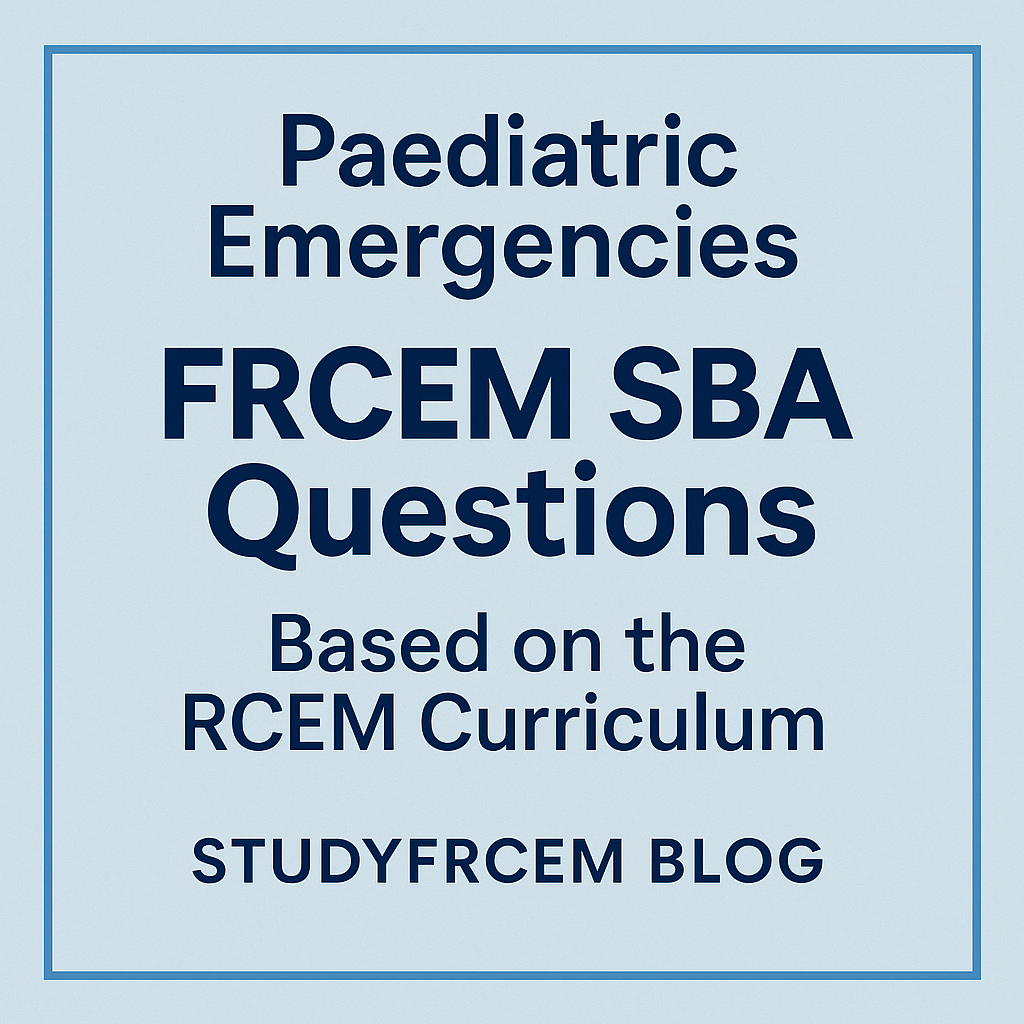Any emergency medicine expert must have a firm understanding of ECG interpretation in order to prepare for the FRCEM SBA (Single Best Answer) exam. Understanding important ECG patterns can make the difference between a missed life-threatening disease and a proper diagnosis. We will go over the most important ECG patterns in this tutorial so you can succeed on tests and in clinical settings.
1. Acute ST-Elevation Myocardial Infarction (STEMI)
A STMI is a medical emergency that needs to be treated with reperfusion treatment right away. Important ECG characteristics include:
(>1 mm in limb leads, >2 mm in precordial leads) ST-segment elevation
ST depression that is reciprocal (for example, inferior STEMI → ST depression in aVL)
Q waves that are pathological (signaling necrosis)
Localization:
ST elevation in II, III, and aVF in inferior STEMI
Anterior STEMI: V1–V4 ST elevation
Lateral STEMI: I, aVL, and V5-V6 ST elevation
2. Atrial Fibrillation (AF)
One common arrhythmia observed in the ED is AF. ECG results:
Rhythmically erratic (no recognizable P waves)
QRS complexes that are narrow (unless there is a concomitant bundle branch block)
P waves are absent, and fibrillatory waves take their place.
Hemodynamic stability is essential for management; take anticoagulation and rate vs. rhythm regulation into account.
The American Heart Association offers more information about managing atrial fibrillation.
3. Ventricular Tachycardia (VT) vs. Supraventricular Tachycardia (SVT) with Aberrancy
For proper care, separating VT from SVT with aberrancy is essential.
The main distinctions are listed below:
VT, or Ventricular Tachycardia
- QRS width: wide complex tachycardia, >140 ms
- P waves march independently of QRS, indicating the presence of AV dissociation.
- Beats of fusion/capture: observed (signalizes VT)
- Morphology: High axis deviation, precordial lead concordance
- Clinical context: Frequently observed in structural cardiac disease, such as cardiomyopathy and post-MI.
Aberrant SVT
- QRS width: typically less than 140 ms, however it may be more if there is an existing BBB.
- P waves along with QRS indicate the absence of AV dissociation.
- Beats for fusion or capture: Absent
- Typical RBBB/LBBB pattern in morphology
- Clinical background: history of recurrent SVT, absence of structural heart problems
4. Complete Heart Block (3rd Degree AV Block)
A potentially fatal bradyarrhythmia that is typified by:
- Atrial rate > ventricular rate (no correlation with QRS, P waves march through)
- Regular escape rhythm (broad if ventricular, small if junctional)
Treatment: Atropine and temporary pacing while getting ready for a permanent pacemaker.
5. Hyperkalemia
Progressive ECG alterations are caused by hyperkalemia:
- T-waves at their peak (earliest sign)
- PR prolongation → P wave loss
- Pre-cardiac arrest: widening QRS → sine wave pattern
Treatment for emergencies: salbutamol, insulin-dextrose, and calcium gluconate.
6. Pulmonary Embolism (PE) – S1Q3T3 Pattern
Classic ECG findings in PE, albeit not always present, include:
- S1Q3T3 pattern (Q wave + inverted T in III, deep S in I)
- Signs of right heart strain (right axis deviation, T wave inversions V1–V4)
For information on managing PE, consult the European Society of Cardiology Guidelines.
7. Brugada Syndrome
A channelopathy that results in unexpected cardiac mortality.
ECG patterns:
Type 1: T inversion in V1-V2 + covered ST elevation (>2mm)
Type 2: Saddleback ST elevation
For high-risk patients, ICD implantation is the treatment.
8. Pointes Torsades
A polymorphic VT linked to a lengthy QT. ECG displays:
- The QRS axis is twisted around the baseline.
- extended QT period prior to the incident
Management: Take out QT-prolonging medications and magnesium sulfate.
9. Wolff-Parkinson-White (WPW) Syndrome
Short PR interval and delta waves (slurred QRS upstroke) are signs of pre-excitation syndrome. Steer clear of AV nodal blockers like verapamil to reduce the risk of antidromic AVRT.
10. Left Bundle Branch Block (LBBB) – When to Suspect STEMI?
It is difficult to diagnose STEMI in LBBB. Use the Sgarbossa standards:
- Leads with positive QRS have a concordant ST height (>1mm) (5 points).
- ST elevation that is excessively discordant (>25% of S wave depth) (3 points)
Check out our FRCEM SBA Question Bank for organized preparation.
Conclusion
For FRCEM SBA success and practical emergency medicine, it is imperative to become proficient in certain ECG patterns. Accuracy and confidence will increase with consistent practice and pattern recognition.
More assistance needed? For an organized method, look through our FRCEM SBA Study Plans!






